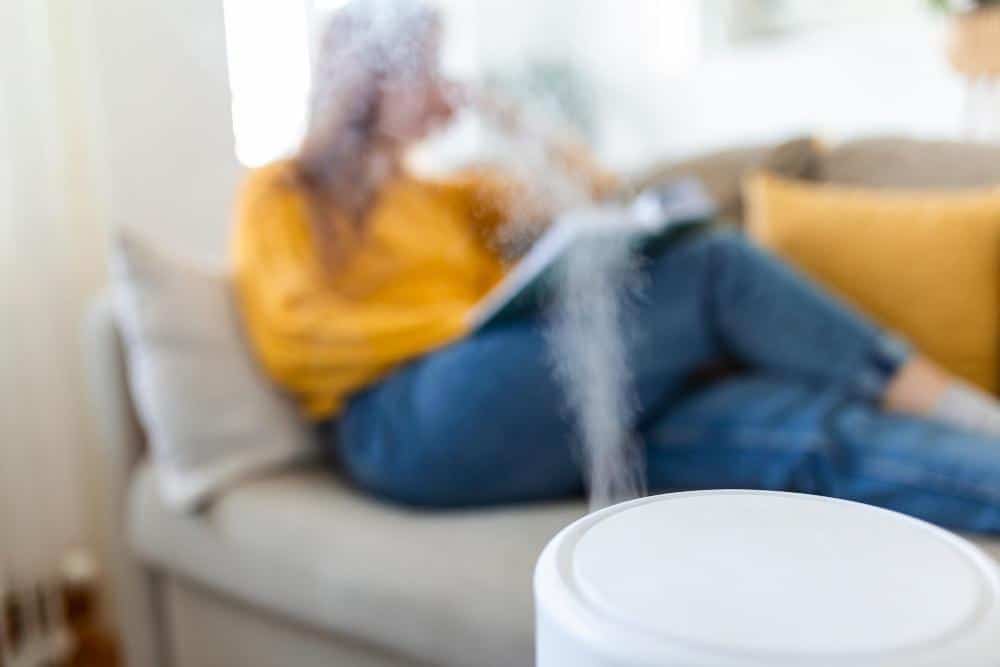Indoor air quality is often overlooked, yet it plays a crucial role in our health and well-being. Many households unknowingly contribute to indoor air pollution through common habits or oversights. Thanks to indoor air analysis, it’s now possible to identify harmful pollutants and make informed changes. In this article, discover the 7 most frequent mistakes to avoid if you want to breathe cleaner, healthier air in your home every day.
Overlooking Ventilation
Poor ventilation is one of the main causes of polluted indoor air. Stale air allows pollutants to accumulate over time. Ventilating your spaces daily, even for a few minutes, helps to renew indoor air. Thanks to indoor air analysis, you can determine if your ventilation practices are effective. Not opening windows or ignoring mechanical systems increases the risk of humidity and contaminants. Consistent airflow is essential for maintaining indoor air quality.
Using Toxic Cleaning Products
Many conventional cleaners release volatile organic compounds (VOCs) that degrade your air. These chemicals linger in the air long after use. Switching to natural or eco-labelled products helps reduce indoor pollution. Avoid mixing cleaning agents, which can release harmful gases. Choose fragrance-free options whenever possible. Always read labels carefully to identify potential irritants. Keep products closed tightly when not in use to prevent emissions.
Avoiding Air Fresheners and Scented Candles
Although they appear to clean the air, many fresheners emit harmful synthetic compounds. These fragrances mask odours instead of eliminating them. Scented candles often release soot and toxic fumes. Use essential oils in moderation and only with proper ventilation. Baking soda or vinegar can control smells naturally. Always prioritize safe odour control solutions indoors.
Ignoring Humidity Control
Excess moisture encourages mould, mildew, and dust mites. All these degrade the quality of indoor air. Keeping humidity between 40% and 60% reduces biological pollutants. Use dehumidifiers or exhaust fans in damp spaces like bathrooms or basements. Fix leaks promptly to control hidden moisture. Monitor humidity levels regularly to prevent buildup. Good moisture management supports overall respiratory health indoors.
Not Maintaining HVAC Systems
Air conditioning and heating systems circulate indoor air continuously. Clogged filters spread dust, allergens, and microbial growth. Change HVAC filters every one to three months. Schedule professional maintenance checks annually to prevent buildup. Clean ducts and vents to maintain optimal airflow. Ignoring system upkeep allows contaminants to concentrate indoors. A clean system directly boosts indoor air quality.
Keeping Pollutant Sources Indoors
Smoking indoors releases thousands of toxic chemicals into the air. Burning incense or biomass (like wood) also adds harmful particulates. Store paints, solvents, and fuels in sealed containers and outside living areas. Avoid overusing electronics near sleeping areas, as they emit ozone and heat. Whenever possible, move pollutants outside or reduce their usage inside. Limiting pollutant sources significantly improves indoor air health.
Forgetting About Indoor Plants
Some houseplants help filter specific toxins from indoor air. However, poorly maintained plants may harbour mould or attract pests. Water plants properly and avoid soil over-saturation. Do not overcrowd greenery, as stagnant air promotes mould. Choose non-toxic plant varieties that require minimal upkeep. Replacing soil periodically helps reduce microorganism buildup. Plants should enhance air quality, not inhibit it.
